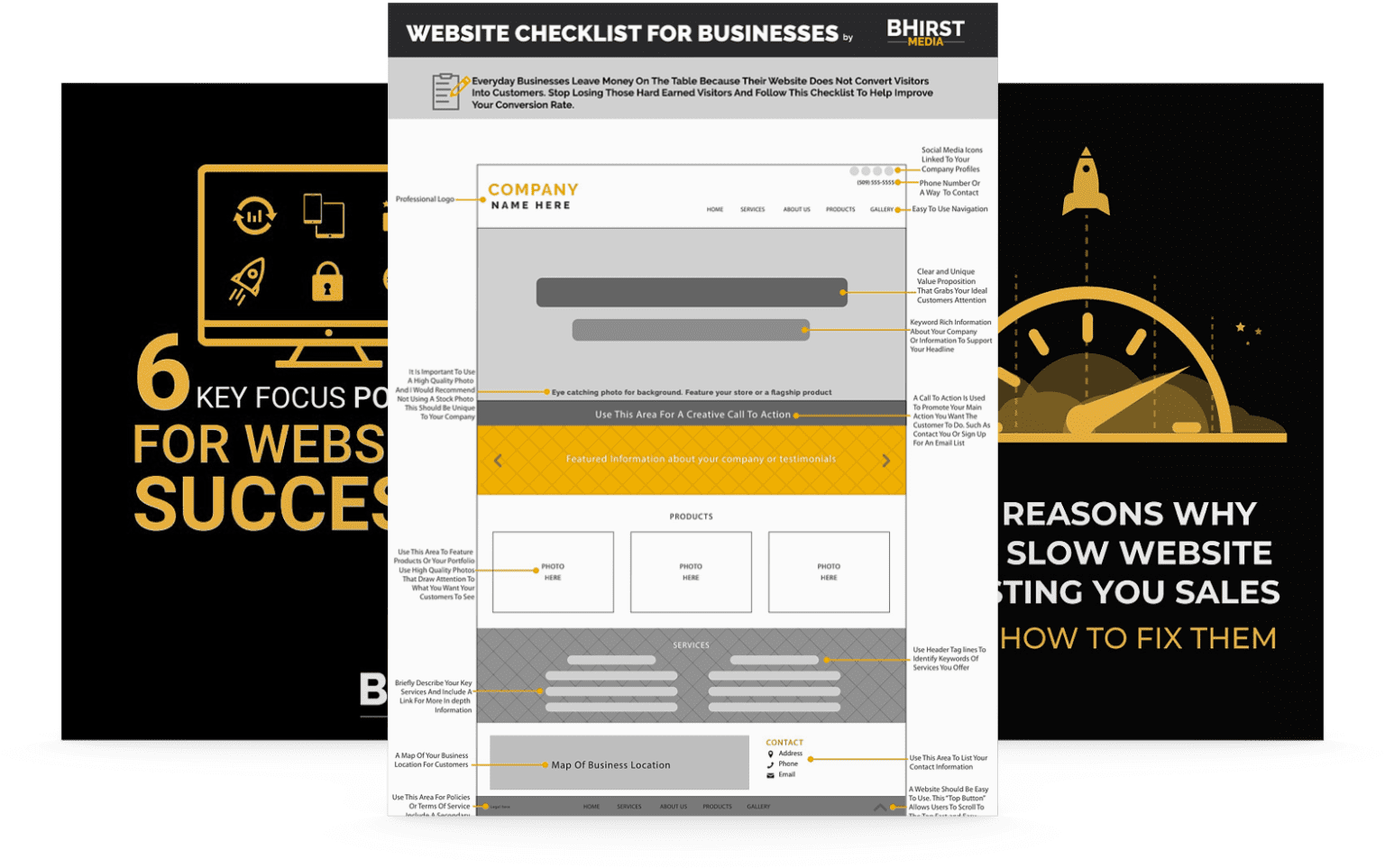
Post-purchase engagement is a powerful yet underutilized strategy that enables businesses to build deeper relationships with customers. In the upcoming sections, we’ll explore actionable techniques and proven frameworks to help you transform transactional buyers into loyal advocates for your brand.
Have you ever wondered how some businesses keep customers coming back time and again? The secret often lies not just in the quality of their products or services, but in what happens after the initial purchase.
Engaging with customers post-purchase opens a wealth of opportunities to transform one-time buyers into loyal, repeat customers. All too often, businesses overlook this crucial phase, missing the chance to build lasting, profitable relationships.
This article explores how post-purchase engagement strategies can make all the difference in fostering loyalty, encouraging repeat business, and creating enthusiastic brand advocates across diverse sectors. Discover how personalized touches, well-structured loyalty programs, and strategic communications can transform your business from a transactional entity into a trusted partner. From e-commerce to healthcare, finance to education, let’s delve into actionable insights that will help you retain customers more effectively, and explore how these strategies drive growth and enhance customer lifetime value.
The post-purchase phase is not only critical for ensuring immediate customer satisfaction but also for setting the stage for sustained, long-term loyalty. This is where well-crafted post-purchase email sequences come into play, offering businesses a golden opportunity to engage customers when they’re at their most receptive. Immediately after a purchase, customers are highly engaged with your brand, presenting a prime opportunity to transform them from one-time buyers into dedicated advocates. A thoughtfully designed post-purchase email sequence can reinforce their decision to buy from you, strengthen your relationship, and open doors for future interactions.
These sequences should go beyond mere order confirmations; they should educate, entertain, and, most importantly, build trust.
However, the customer journey doesn’t end there. Post-purchase emails should continue to nurture the relationship. For example, Tyler Crispen Outdoor Gear found that by sending timely product setup videos, they could reduce customer service calls by 30%, leading to a significantly more positive purchase experience. Similarly, a healthcare provider could send a follow-up email after a consultation, providing additional resources and answering frequently asked questions to ensure patient comfort and understanding.
To cultivate lasting loyalty, businesses must look beyond the immediate transaction. Robust customer retention strategies are crucial for keeping customers engaged, transforming them from occasional buyers into dedicated brand advocates. Why focus so heavily on retention? Studies consistently show that increasing customer retention rates by just 5% can increase profits anywhere from 25% to 95%. This compelling statistic underscores the importance of developing a retention strategy that is both comprehensive and continuous.

Implementing these strategies requires businesses to deeply understand the unique needs and behaviors of their customer base. A 2018 case study on JetBlue Airways revealed that a comprehensive retention strategy—which included surprise free amenities and exclusive member-only deals—resulted in a remarkable 10% increase in customer retention rates within a single year.
Loyalty programs may appear to be a straightforward tool, but they represent a highly systematic method for engaging customers far beyond the initial transaction. According to Bain & Company, a mere 5% increase in customer retention can boost profits anywhere from 25% to 95%, highlighting the immense value of actively fostering customer loyalty. This systematic engagement can manifest in a variety of impactful ways:
Moreover, The North Face successfully implemented a loyalty program that not only rewarded purchases but also encouraged customer activities like attending gear repair workshops, leading to a notable 15% boost in customer engagement and fostering increased repeat business. This approach can be adapted across different sectors; for example, a healthcare provider could reward patients for attending wellness seminars or completing health assessments.
Too many businesses inadvertently overlook the post-purchase phase—a critical oversight, considering that Bain & Company estimates its effective management can significantly boost profits. Post-purchase engagement isn’t merely a facet of customer service; it’s a strategic process meticulously designed for meaningful relationship building. According to research from Harvard Business School, acquiring a new customer can cost, on average, five times more than retaining an existing one. By systematically engaging customers after the sale, businesses not only enhance retention rates but also cultivate brand advocates who actively contribute to positive word-of-mouth marketing.
Therefore, the post-purchase phase should be viewed not as a mere transaction closure, but as a continuous engagement journey. Groupon, for example, successfully integrated targeted post-purchase communication and experienced a remarkable 25% increase in return rates simply by reminding customers of upcoming deals that aligned with their previous purchase history. This type of strategy can be applied across various industries, such as a retailer sending personalized style recommendations or suggestions to a previous buyer.
Post-purchase engagement is undoubtedly a crucial—yet frequently overlooked—phase of the overall customer journey. By strategically implementing personalized email sequences, robust loyalty programs, targeted retention strategies, and systematic engagement initiatives, businesses can do more than simply retain existing customers; they can transform them into dedicated, lifelong advocates for their brand. Investing thoughtfully in this critical phase isn’t just a tactical strategy—it’s a well-defined pathway to achieving sustainable, long-term success and fostering enduring customer relationships that drive growth and resilience across any industry.
